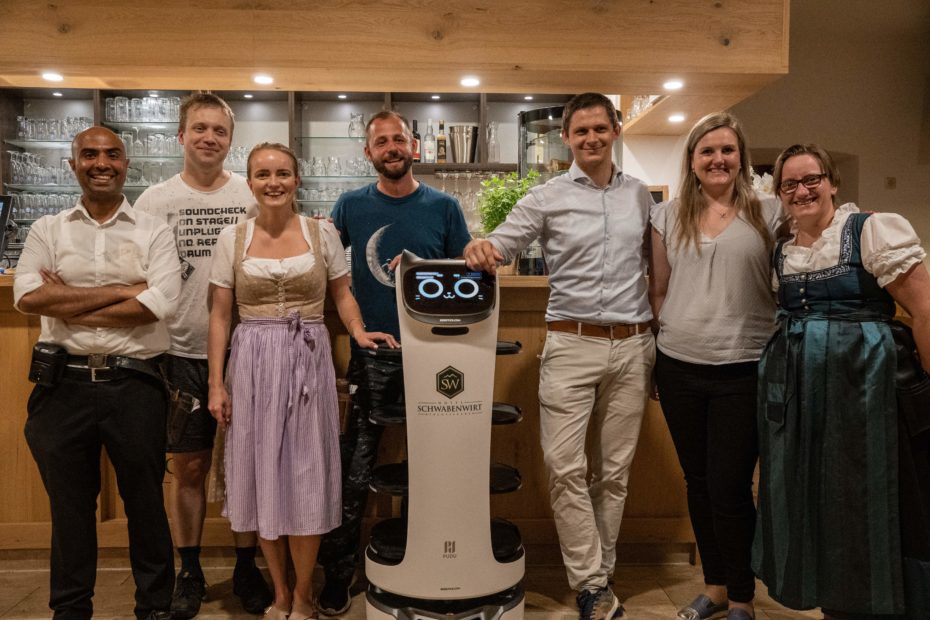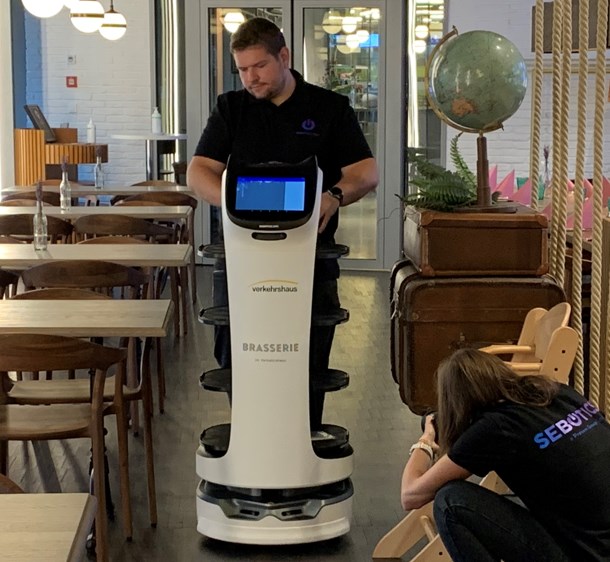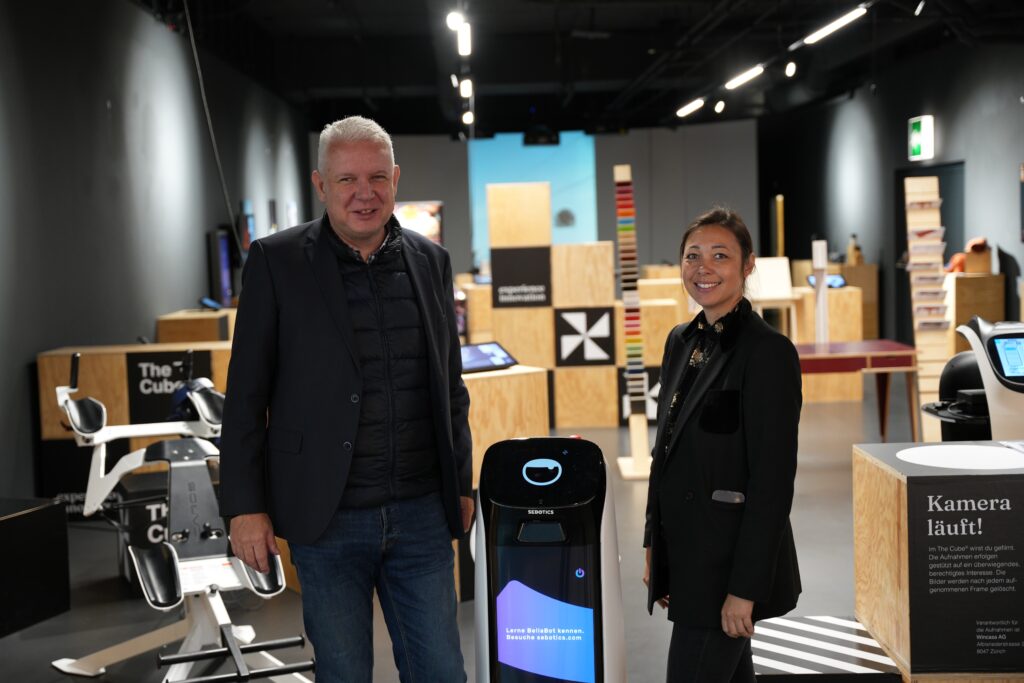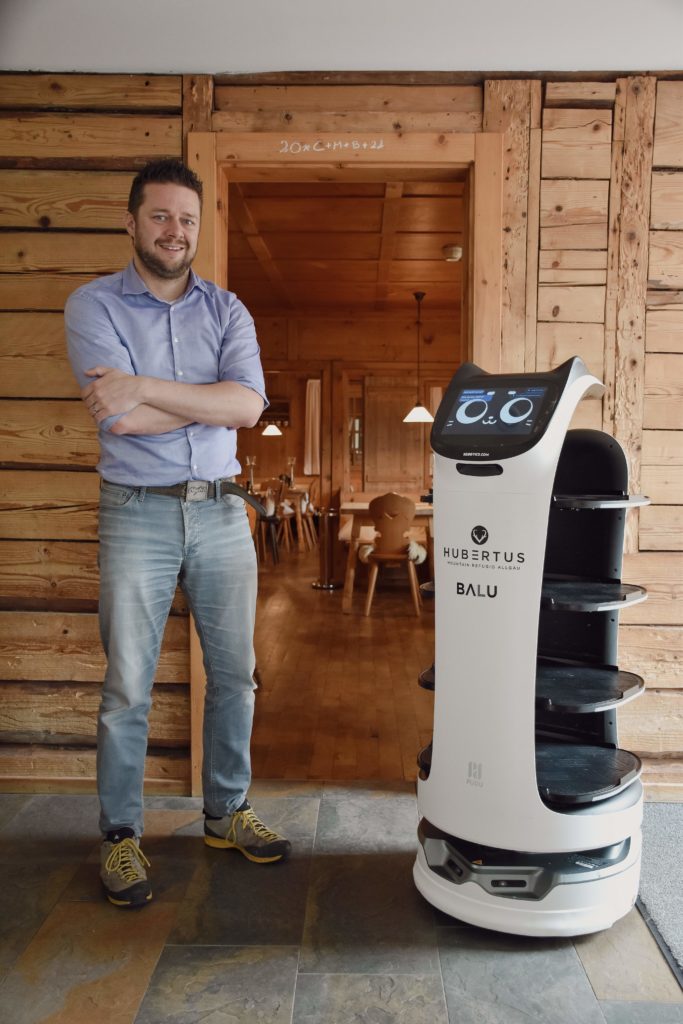Combatting the shortage of skilled workers in the catering and hotel industry: study
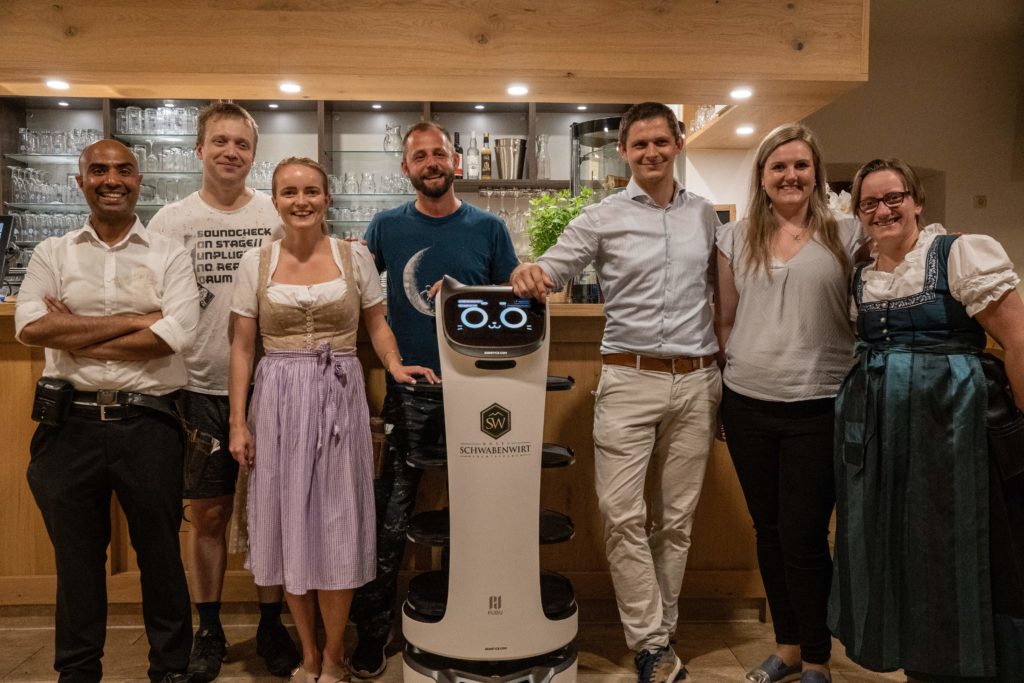
These are difficult times for them Gastronomy and the Hotel industry Switzerland. The shortage of skilled workers is keeping the industry busy, while the demand for culinary offerings is higher than it has been for a long time. Are there alternatives? And which of them are best suited for the catering and hotel industry?
A survey on the shortage of skilled workers in the catering and hotel industry in Switzerland produced astonishing results for catering 2.0. The company Sebotics carried out this qualitative survey among restaurateurs and hoteliers in order to better assess the situation in gastronomy in Switzerland and to uncover the general attitude towards robots in gastronomy.
The shortage of skilled workers in the catering industry is really that acute
42.65% of Swiss hotels suffer from a shortage of skilled workers. This is understood to mean a lack of trained personnel. In order to keep the situation under control as much as possible, hoteliers are resorting to a wide variety of measures: placement bonuses, integration of foreign workers, cross-working, digitization of processes or longer working hours.
However, most of these measures are at the expense of the remaining employees. At the same time, only a few companies state that they relieve their staff with more attractive working hours or improved processes. Rather, they rely on well-established employee benefits such as further training, appreciation and employee accommodation.
Measures Skills shortage
The following measures are being taken by Swiss restaurateurs and hoteliers to counteract the lack of staff in their establishments.
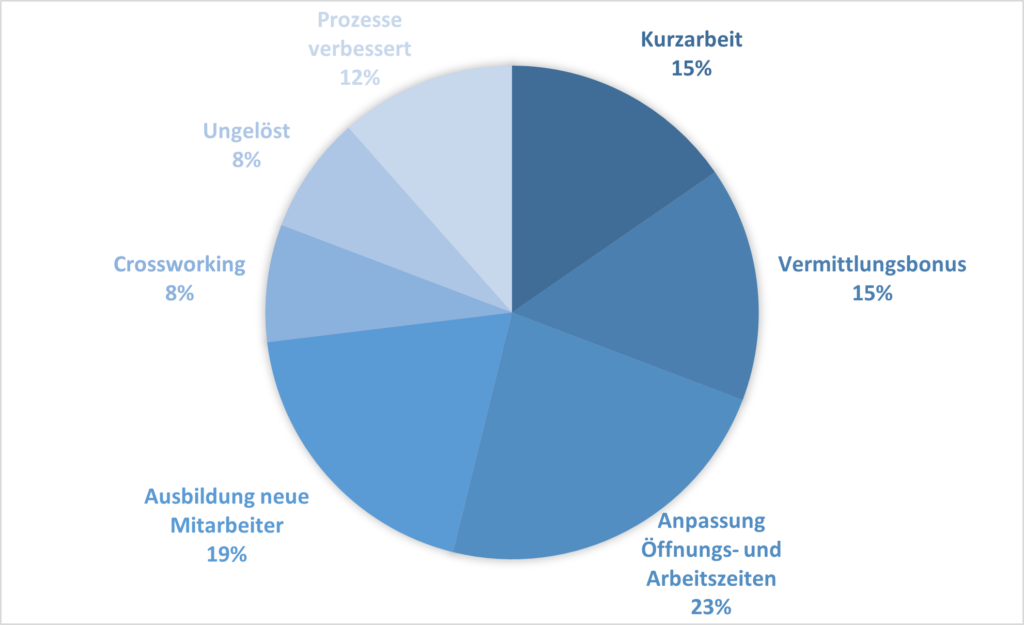
solution on wheels
A suitable solution to the shortage of skilled workers is currently not in sight. Associations and companies are trying to make the training opportunities more attractive, but have so far achieved little success.
With such a precarious topic, however, it is important to think outside the box. This is exactly what the Sebotics company from Lucerne did: With their Service robots Do you want to counteract the shortage of skilled workers in the catering trade? But, is the gastronomy and hotel industry in Switzerland ready for such a big step in digitization? Sebotics found out with this study.
An autonomous baby carrier
The service robots from Sebotics have now established themselves in a number of restaurants and hotels in Switzerland, Germany and Austria. Thanks to the four storage areas and the stored card, the robots can skilfully support the service staff in the restaurant. Be it for carrying food and drinks between the kitchen and the service point, or for transporting dirty dishes from the table to the scullery.
The service staff is relieved of strenuous and time-consuming work. The guests also benefit, because the staff can now invest more time in the individual care of the hotel and restaurant visitors.
Incidentally, the service robots from Sebotics attract a lot of attention. With current users, it was found that more and more families with small children visit the respective company.
Of fears and curiosity
In the Sebotics study, 35% of the restaurateurs and hoteliers surveyed stated that they were open to service robots in their business. Despite this high number, obstacles are also spreading: complicated technology, unsuitable infrastructure in the company or fear for the jobs of the employees remain a stubborn issue. With regard to the robots from Sebotics, the technology is certainly not an obstacle to the successful integration of a service robot. It is very easy to use and staff and owners are professionally trained for more extensive changes to the robot. It is also unrealistic for a robot to endanger employees' jobs. The service robots from Sebotics only serve to support the current workforce.
However, the conditions in the company are essential for working with a robot. Thresholds or steps can impede the supporting performance, but can be bridged in any case with individual solutions.
hand in hand
According to the survey, it is particularly important for many restaurateurs and hoteliers that guests can interact with the robot and that it responds to the guests. Always linked to the condition that the guests do not feel disturbed by the robot. However, the respondents found it difficult to agree on the perfect place of use. In summary, 57.4% say they prefer an area with guest contact. 42.59%, on the other hand, would only want to use a robot in one area without guest contact.
personality of a machine
The evaluation of the Sebotics study made it clear that, despite the shortage of skilled workers, there are still a number of hurdles in the hotel and catering industry that need to be overcome before robotics can gain a foothold in the industry. Most managers agree on what the biggest hurdle is: impersonality and a lack of acceptance by the guests.
This reflects the fact that around half of those surveyed would rather use their robot in areas without guest contact. Sebotics' experience so far has shown that the robots, thanks to their cute appearance, do build a kind of personality and charm towards the guests. However, it is important that the individual needs or fears of guests are in the foreground and that the use of a robot is adapted to these.
Some opinions stood out in particular during the study: Despite the fear of impersonality, 6% of those surveyed named the biggest hurdle for them that the robot "does not replace an entire employee".
Robots are impersonal and yet certain respondents claim that they should replace an employee or that the robot is at least cheaper than a human employee. This contradiction resonates throughout the study. One can assume that this is due to the applicable risks that exist at the moment. Restaurateurs would like to have human staff, but would also get involved with a robot due to the shortage of skilled workers.
robot as support
In order to support the remaining employees, service robots are a suitable solution, but first and foremost they have to be accepted by the staff. Because without employees who like to operate the robot and can use it skillfully, the support factor in the company is relatively small. Therefore, at the end, the restaurateurs and hoteliers were asked to what extent they would involve their employees in the purchasing process of a service robot. Of course they would 48.89% of the companies emphasize the support of the robot and thus take away the restraint of the staff. At 17.77% of the companies, the staff would have no say.
Better working conditions through the use of robots
The company Sebotics from Horw is very aware of the shortage of skilled workers and would like to promote innovation and digitization in the catering and hotel industry. Thanks to their robots, the staff in the companies have more time for the guests and thus better working conditions. Here is an example showing how this works:
It's 12.00:XNUMX noon. The restaurant is full and the staff is running at the limit. Just today someone got sick – the back pain is unbearable. Therefore, the remaining employees are stressed and show no enthusiasm.
You choose one BellaBot service robot to test. The installation runs smoothly and your employees receive immediate training on how to operate the robot. Already on the first day you can feel how the employees have more time for their guests and how happy they are at work. The individual care of the guests, which is now possible again, is gradually having an effect: the order quantity per person is increasing and the tip is also increasing. Thanks to the psychological and physical relief for employees, they also stay longer in the company and can thus build up a large customer base.
The service robots from Sebotics specifically take over the route between the kitchen and the service in catering establishments. If desired, the robots can also be used up to the guest's table. Thanks to intelligent technology, the guest is prevented from stealing the wrong dish from the robot.
In addition, the BellaBot service robot via a hiking function and an accompanying mode. With the wander function, he moves around on a predetermined route and stops at specified points for a specified time. So it can be used perfectly for catering, aperitifs or events. In companion mode, the robot greets guests at the entrance to the establishment and guides them to the selected table. In this way, the employees can be relieved of the need to walk to the door without the guest having to endure long waiting times.
Where does a service robot fit?
Finally, the most important factor to consider when buying one service robot leads to the relief of employees. It is therefore also essential that the staff can experience working with the robot before a purchase is made. This aspect was very important for the Sebotics company right from the start, which is why a trial period of 3 months is now offered before every purchase. During this test period, the customer receives individual support and the employees and the owner receive a lot of practical information about the BellaBot.
Innovation to combat the skills shortage
The study by Sebotics makes it clear that the shortage of skilled workers is definitely precarious. If catering establishments are to remain in existence, they will have to switch to new methods and become more innovative in the future.
Publications
Gastro indicator
do you like what you read Then show it to your friends.

